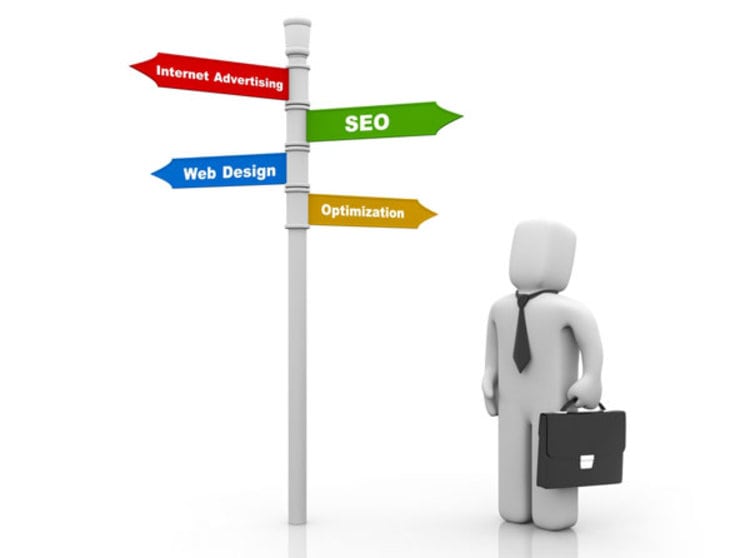Blog and News > analytics > Using Web Design Analytics to Streamline Your SEO Efforts
Using Web Design Analytics to Streamline Your SEO Efforts
SEO is greatly aided by data, but finding the correlation between the two can be a difficult and complex task for website owners to contend with. In this piece we’ll look at how web design fits into this puzzle, and how it can help boost your SEO efforts.

Using Web Design Analytics to Streamline Your SEO Efforts
SEO is greatly aided by data, but finding the correlation between the two can be a difficult and complex task for website owners to contend with. In this piece we’ll look at how web design fits into this puzzle, and how it can help boost your SEO efforts.
Web design, analytics and SEO are three things that can never be separated. There are many features of website design that directly affect SEO efforts, so neglecting these areas is counter-productive and damaging.
Responsiveness
Because analytics capture what browser someone uses to access your site, you can see how responsive it is. Make sure your website is performing well across all major browsers to ensure you’re receiving the maximum amount of traffic to your site. As most users access web services via mobile, it’s imperative that the website’s design is fully responsive on mobile. This is now mission-critical in SEO terms.
Vital analytics affected by web design
Characteristics such as website speed are crucial elements of a website’s design and must be given serious consideration. This is because website speed is one of the major factors search engines look at when ranking websites. Traffic to a slow-loading website is usually low, which also affects the site’s ranking. Good website design is directly related to a fast and consistent loading speed. Websites that are filled with plugins and widgets are heavy and cumbersome for users with slower internet connections. In some cases these sites may not load at all for such users. To minimise these issues, consider the following:
Cloud-host images - hosting heavy multimedia content including images, audio and video away from the website and in the cloud will help the page to load more quickly without compromising on content.
Minimal design - stripping your website design down to basic elements will make it more ergonomic.
Location-focused content
Local SEO is fast becoming the norm across the world and the web, so it may be beneficial to focus your content on a specific location. Make sure that keywords are used in the development of your content and that they relate to a particular location. Using your website’s analytics to see where people are visiting from will help you shape the way in which you link your content to a location. Content focused on a specific location will help your website achieve a higher search engine ranking.